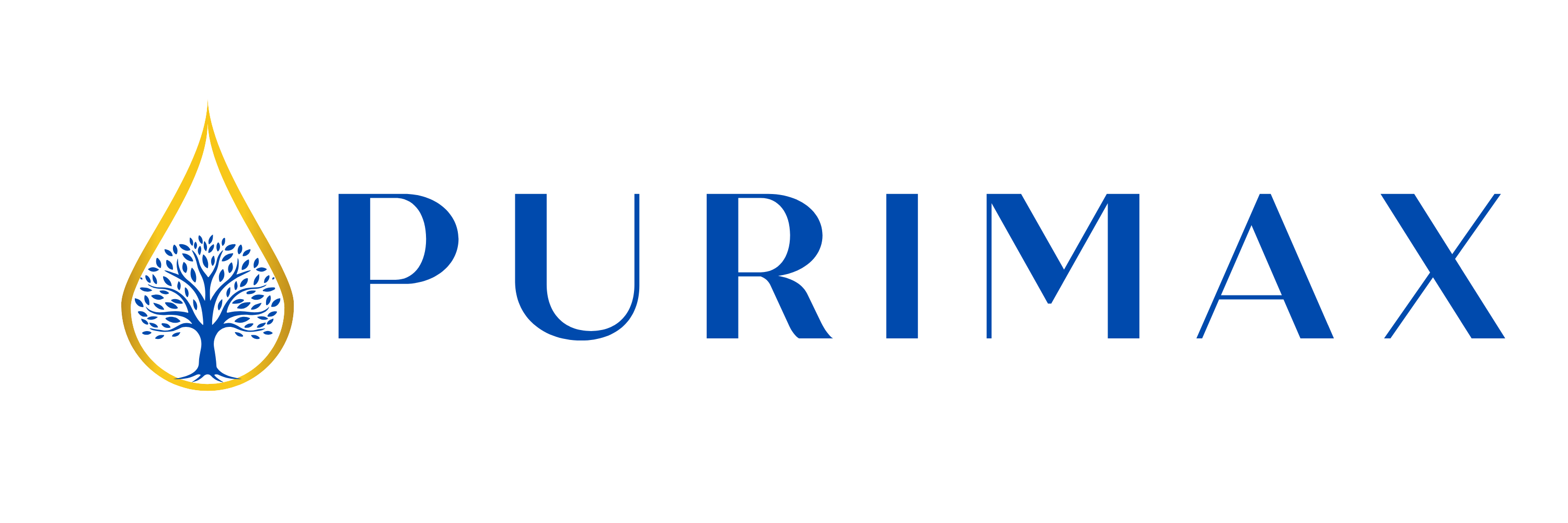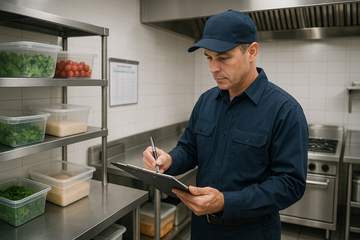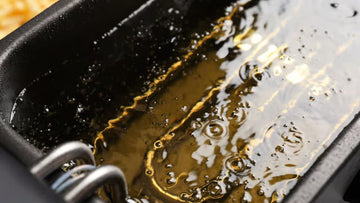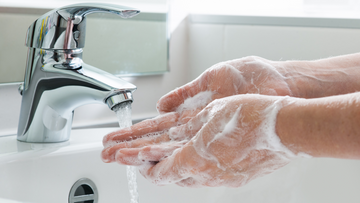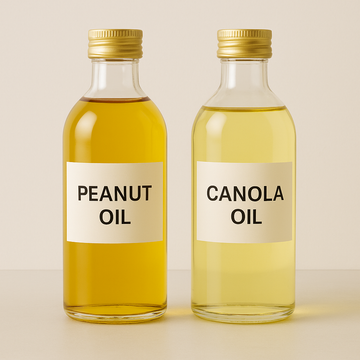Proactive Food Safety: A Modern Guide to Restaurant Inspection Success
Restaurant inspections can significantly influence a restaurant's reputation and operational success. With unannounced visits from local health departments, maintaining daily compliance with food safety standards is not just wise—it's essential. By understanding the inspection process and establishing consistent practices, restaurants can approach inspections with confidence.
What Health Inspectors Evaluate
Health inspectors conduct comprehensive evaluations of restaurants based on local food safety laws. They focus on areas like:
-
Safe food storage and temperature control
-
Employee hygiene and illness reporting
-
Cleanliness and maintenance of food contact surfaces
-
Pest prevention and waste disposal
-
Overall facility sanitation
Each violation is scored based on severity, with critical violations requiring immediate correction. A typical inspection lasts 2–4 hours and concludes with a discussion of findings with the restaurant manager.
Daily, Weekly, and Monthly Readiness Checklist
Daily Tasks:
-
Check refrigeration and freezer temperatures
-
Store raw food below ready-to-eat items
-
Ensure proper handwashing practices
-
Sanitize all food contact surfaces
-
Remove waste and clean disposal areas
-
Log cleaning, temperature checks, and corrective actions
Weekly Checks:
-
Deep clean walk-in coolers and dry storage
-
Inspect for pests and verify prevention efforts
-
Clean equipment interiors thoroughly
-
Review staff food safety knowledge
-
Confirm inventory of sanitizers and cleaning supplies
Monthly Oversight:
-
Calibrate thermometers and temperature devices
-
Inspect facility walls, floors, and ceilings
-
Update safety policies as needed
-
Verify employee training records
-
Review vendor and supplier certifications
-
Rehearse emergency procedures
High-Priority Inspection Focus Areas
-
Food Temperature Control: Use calibrated thermometers and monitor temps regularly
-
Employee Hygiene: Train on handwashing, glove use, and illness reporting
-
Cross-Contamination: Separate raw and ready-to-eat foods, color-code tools
-
Equipment Cleanliness: Maintain cleaning schedules and address repairs quickly
-
Record Keeping: Maintain logs for temperature, cleaning, training, and corrective actions
Avoiding Common Violations
-
Temperature Issues: Keep cold foods ≤40°F and hot foods ≥140°F
-
Hygiene Lapses: Ensure handwashing stations are stocked and used
-
Improper Storage: Organize storage to prevent contamination
-
Maintenance Failures: Repair broken or worn equipment promptly
-
Documentation Gaps: Keep logs up to date and accessible
Preparing for Inspections
24 Hours Before:
-
Deep clean high-touch and visible areas
-
Ensure all documentation is current
-
Confirm all equipment functions correctly
-
Brief staff on food safety responsibilities
Daily Habits:
-
Monitor and log temperatures
-
Follow cleaning protocols
-
Address issues immediately
-
Keep procedures visible and accessible
Long-Term Strategy:
-
Train staff regularly
-
Maintain equipment proactively
-
Stay informed about regulation changes
Why Prevention is Cost-Effective
Violations can lead to temporary closures, fines, negative press, and customer trust loss. Preventive efforts like training, equipment upkeep, and consistent record keeping are more affordable and sustainable.
Building Trust with Inspectors
Demonstrating consistent food safety practices helps earn inspectors' trust. Signs of a well-managed establishment include:
-
Clean, well-maintained facilities
-
Trained and informed staff
-
Accurate and complete records
-
Prompt responses to issues
-
Well-documented procedures
Best Practices for Long-Term Success
-
Create Written Protocols: Standardize procedures for all shifts
-
Train Thoroughly: Make food safety training part of onboarding
-
Audit Internally: Perform routine self-inspections
-
Stay Proactive: Address problems early
-
Engage Inspectors Positively: Use inspections as learning opportunities
Final Thoughts
Restaurant inspections shouldn’t be stressful. By treating food safety as a daily priority rather than a periodic requirement, you transform inspections into routine affirmations of your commitment to excellence.
Using this guide as your foundation will help you stay inspection-ready, protect your customers, and preserve your reputation every day of the year.
